#compost
Explore tagged Tumblr posts
Text
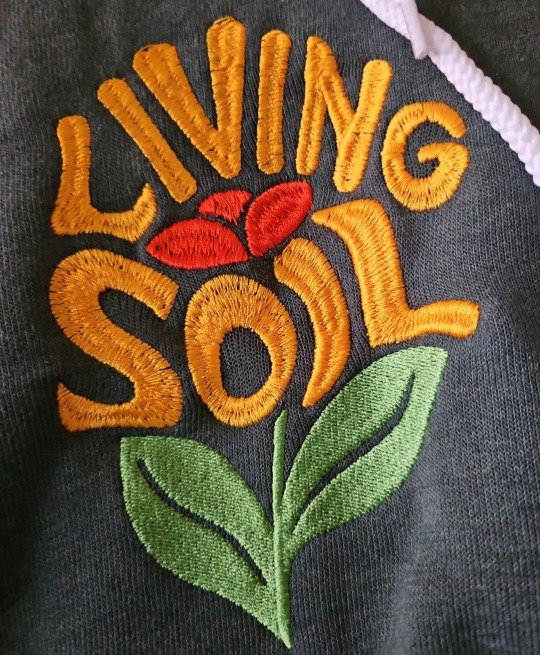

🌱✨️ "Living Soil" Embroidered Crewnecks & Hoodies ✨️🌱
Stay cozy while supporting soil health and sustainable farming 💚💛❤️
🌟 when you sign up for email offers and updates on our website, you get a chance to win up to 50% OFF your order!
🌟 FREE SHIPPING for orders over $50!!!
#soil health#soil science#soil#permaculture#environmental education#enviroment art#regenerative agriculture#regenerative farming#agriculture#sustainable living#sustainable farming#sustainability#organic life#organic matter#organic lifestyle#organic farming#organic#compost lifestyle#composting#compost#vermicompost#biodiversity#ecomindset#conservation#microbes#plant life#plant lover#street style#hippie#stoner society
571 notes
·
View notes
Text
New today!
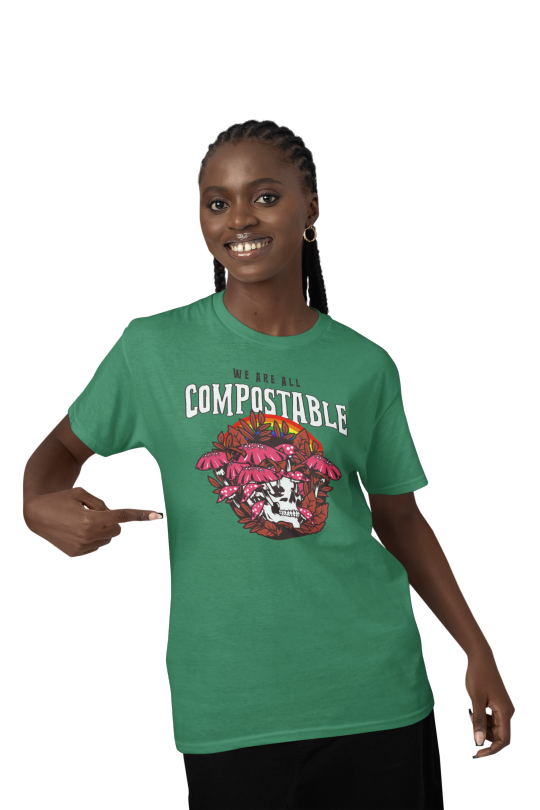

Future Compost Collection!
#we are all compostable#compost#skulls#happy earth day#all credit for the idea to figgs in our discord!#shifty by request#our merch#thank you for supporting queer disabled indie bs
179 notes
·
View notes
Text
Dandelion News - March 8-14
Like these weekly compilations? Tip me at $kaybarr1735 or check out my Dandelion Doodles!
1. Caribbean reef sharks rebound in Belize with shark fishers’ help

“Caribbean reef shark populations have rebounded beyond previous levels, more than tripling at both Turneffe and Lighthouse atolls[…. The recovery] arose from a remarkable synergy among shark fishers, marine scientists and management authorities[….]”
2. Landmark Ruling on Uncontacted Indigenous Peoples’ Rights Strikes at Oil Industry

“[T]he Ecuadorian government [must] ensure any future expansion or renewal of oil operations does not impact Indigenous peoples living in voluntary isolation. [… E]ffective measures must be adopted to prevent serious or irreversible damage, which in this case would be the contact of these isolated populations,” said the opinion[….]”
3. America's clean-energy industry is growing despite Trump's attacks. At least for now

“The buildout of big solar and battery plants is expected to hit an all-time high in 2025, accounting for 81% of new power generation[….] The industry overall has boomed thanks to falling technology costs, federal tax incentives and state renewable-energy mandates.”
4. Study says endangered Asian elephant population in Cambodia is more robust than previously thought

“A genetic study of Asian elephants […] reveals a larger and more robust population than previously thought, raising hopes the endangered species could slowly recover. […] “With sufficient suitable habitat remaining in the region, the population has the potential to grow if properly protected,” the report concludes.”
5. Scientists are engineering a sense of touch for people who are paralyzed

“[Engineers are] testing a system that can restore both movement and sensation in a paralyzed hand. [… A]fter more than a year of therapy and spinal stimulation, [… h]is increased strength and mobility allow him to do things like pet his dog. And when he does, he says, "I can feel a little bit of the fur."“
6. Florida is now a solar superpower. Here’s how it happened.

“In a first, Florida vaulted past California last year in terms of new utility-scale solar capacity plugged into its grid. It built 3 gigawatts of large-scale solar in 2024, making it second only to Texas. And in the residential solar sector, Florida continued its longtime leadership streak.”
7. Rare frog rediscovered after 130 years
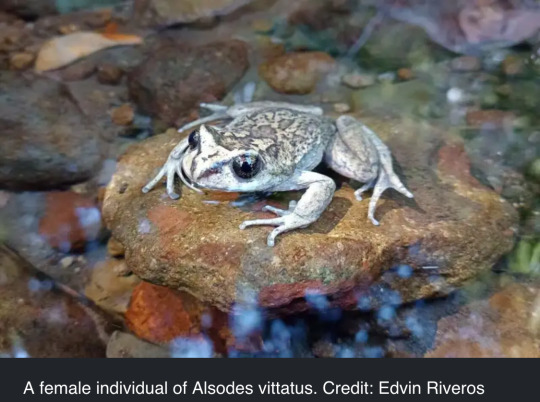
“The researchers discovered two populations of the frog[….] "The rediscovery of A. vittatus allowed us to obtain, more than a century after its description, the first biological and ecological data on the species.” [… S]hedding light on where and how they live is the first step in protecting them.”
8. Community composting programs show promise in reducing household food waste
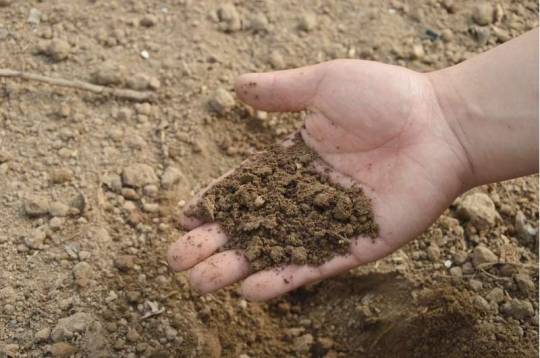
“The program [increased awareness and reduced household waste, and] also addressed common barriers to home composting, including pest concerns and technical challenges that had previously discouraged participants from composting independently.”
9. Pioneering Australian company marks new milestone on “mission” to upcycle end-of-life solar panels
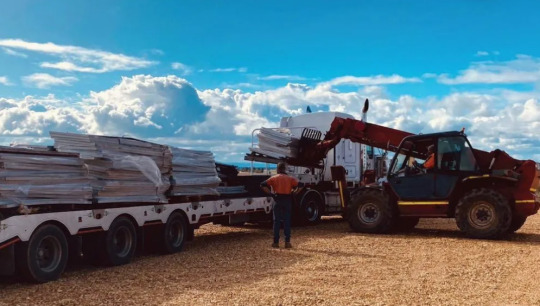
“[…] SolarCrete – a pre-mixed concrete made using glass recovered from used solar panels – will form part of the feasibility study[….] A second stage would then focus on the extraction of high value materials[…] for re-use in PV and battery grade silicon, [… and] electrical appliances[….]”
10. Beavers Just Saved The Czech Government Big Bucks
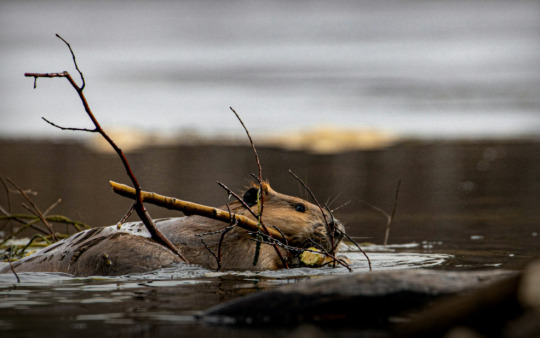
“The aim was to build a dam to prevent sediment and acidic water from two nearby ponds from spilling over, but the project was delayed for years due to negotiations over land use[….] Not only did the industrious rodents complete the work faster than the humans had intended, they also doubled the size of the wetland area that was initially planned.”
March 1-7 news here | (all credit for images and written material can be found at the source linked; I don’t claim credit for anything but curating.)
#hopepunk#good news#shark#fishing#nature#ecuador#first nations#oil drilling#clean energy#solar energy#solar power#elephants#elephant#conservation#animals#science#medicine#paralyzed#florida#solar panels#frogs#endangered species#endangered#compost#community#australia#recycling#beaver#habitat restoration#beaver dam
148 notes
·
View notes
Text
#good news#environmentalism#science#environment#bugs#insects#animals#nature#fertilizers#compost#organic waste
147 notes
·
View notes
Text
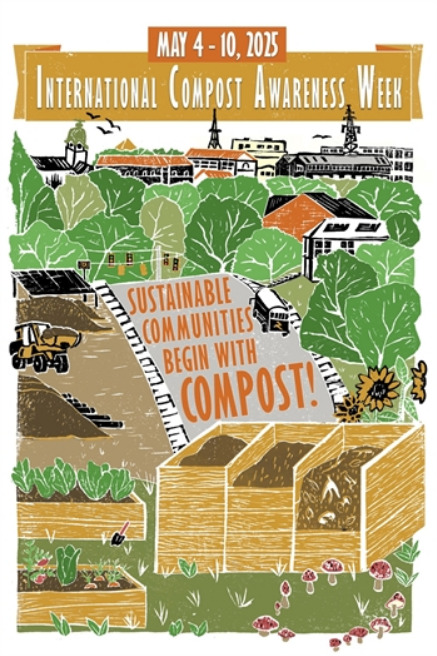
It's that time of the year again!!!!!
#International Compost Awareness Week#compost#garden#gardeners on tumblr#vegetables#gardening#self sufficiency#home grown#plants#organic food#fertilizer#mulch#urban gardening#zero waste#minimal waste
117 notes
·
View notes
Text
how & why I use compost tea in my garden! ☕️♻️
if y'all want more info on how to build this compost tea brewer, holla at me in the notes & I can link the schematics.
i hope this brief walkthrough is helpful.
#garden#nature#plant daddy#plants#soil#farming#mine#gardenblr#black gardener#farmblr#black farmer#Atlanta#urban farmer#urban gardener#compost tea#compost#diy gardening
102 notes
·
View notes
Text

How to Make a Homemade Vermicomposter
Materials Needed:
Three durable plastic totes (preferably Roughneck brand for their durability)
One lid for the totes
A cooler drain or similar item for drainage
Drill with a quarter-inch bit
Bricks or blocks for elevation
Step-by-Step Guide:
1. Preparation of Totes:
Start by drilling quarter-inch holes across the bottom of two totes. These holes are crucial for allowing worms to move between layers and for drainage.
Additionally, drill holes around the upper edges of these totes to provide adequate aeration.
2. Setting Up the Drainage System:
The bottom tote will act as your drainage collector. Here, you will need to install the cooler drain. Make sure to place it on the recessed side of the tote for effective drainage.
The drilled holes will allow excess liquid, also known as ‘worm tea’, to drain out, which can be used as a nutrient-rich liquid fertilizer.
3. Assembling the Vermicomposter:
Stack the two drilled totes above the drainage tote. These will serve as the living quarters for your worms and the composting area.
The worms and compost material will go into the top tote initially.
4. Transferring the Worms:
Carefully transfer your worms into the top tote, along with their current bedding and food scraps.
As the top tote gets filled with worm castings, shift it to the middle, making the newly top tote the active composting layer.
5. Maintenance and Harvesting:
Continue adding kitchen scraps and bedding to the new top layer. The worms will migrate upwards towards the new food source, leaving behind rich compost in the lower tote.
Once a tote is full of castings and devoid of worms, it can be emptied into your garden.
Regularly check the bottom tote for worm tea and use it as a liquid fertilizer in your garden.
6. Elevating the System:
Raise the entire setup on bricks or blocks. This elevation helps in easier drainage and accessibility.
86 notes
·
View notes
Text
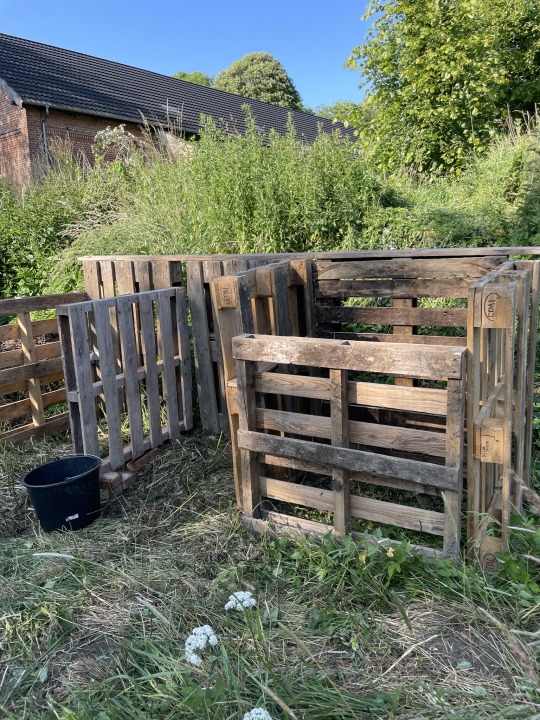
Today I made a station for compost production.
48 notes
·
View notes
Photo

Compost
"The dead ones joined Tocatztli, the seven-legged, each bloom becoming a star in the night sky." —*The Song of Origins*
Artist: Victor Adame Minguez TCG Player Link Scryfall Link EDHREC Link
40 notes
·
View notes
Text
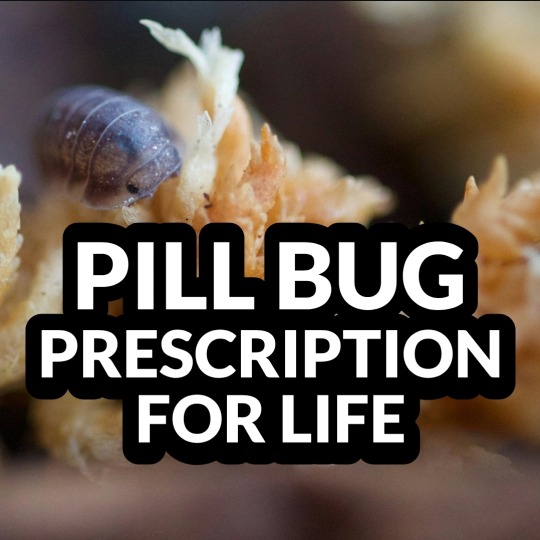
Isopods, aka roly-polies or pill bugs, - tiny crustaceans with BIG impacts
They’re detritivores, meaning they feast on dead and decaying organic matter—like fallen leaves, wood, and even fungi. 🍂🥀🪵
Here’s why they’re vital for our soil:
🌱 Nutrient Recycling: As they munch through plant material, they break it down into smaller particles, speeding up the decomposition process. This enriches the soil with vital nutrients that plants need to thrive.
🔄 Carbon Cycling: By decomposing organic material, isopods play a key role in the carbon cycle, helping store carbon in the soil and reducing carbon loss to the atmosphere.
🌍 Soil Aeration: While burrowing and feeding, isopods loosen compacted soil, improving oxygen flow and creating a healthier environment for plant roots and microorganisms.
Found on every continent except Antarctica, isopods thrive in forests, gardens, and even urban environments. 🌟 Wherever there’s organic matter to break down, these hardworking decomposers are on the job!
So next time you see an isopod, give it some love! 🤍 They’re working hard to keep our soil alive and thriving. 🌿
#soil health#soil science#soil#permaculture#isopods#pill bug#roly poly#environmental education#environmental awareness#regenerative farming#regenerative agriculture#agriculture#sustainable living#sustainable farming#sustainability#organic life#organic matter#organic lifestyle#organic farming#organic#vermicompost#composting#compost lifestyle#compost#biodiversity#conservation#ecomindset#bugs#insects#nature lovers
94 notes
·
View notes
Text
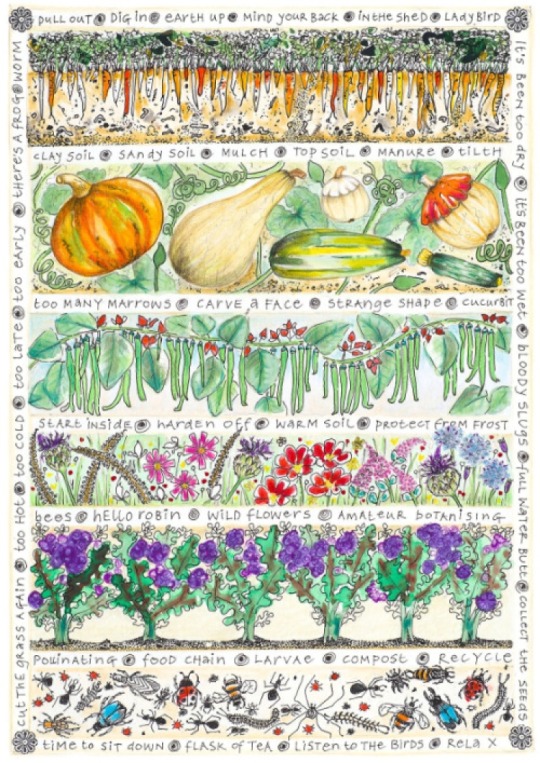
Vegetable Patch II - Fiona Willis
British , b. 1953 -
Watercolour and ink , 24.5 x 32.4 cm.
165 notes
·
View notes
Text



New and returning looks in the ShopShifty store!
I Like Machines | Future Compost | Metal Autism
#machines#autism#mushrooms#compost#our shirts#otter's art#thank you for supporting indie disabled queer weird shit
77 notes
·
View notes
Text
The most amazing thing to me is the lack of skills we are taught... And they are the EASIEST THING...
Let's start with gardening, for example, it seems like it would be the most expensive thing because you need soil, tools, fertilizer, and seeds. WRONG! You can do it FOR FREE!
First thing you will do is start a compost bin (STILL FOR FREE), if you have an apartment and cannot have it out in the sun and turn it you can get a free bin of any size. Get water and shred paper (I used old assignments and notes. Cut it into strips. Now with your shredded paper you will use your free bin and put your shredded paper in it, fill with water till covers the paper. Soak for 24 hours. Now dump this water out and ring out the paper a little. Now... if you are in an apartment this is where it gets complicated, but once we figure this out it is easy, TRUST! Find where some mostly decomposed leaves are, this is also where the earthworms are gonna be! I walked around neighborhoods until I found a pile of leaves someone forgot about, I have a plastic bucket and lowk a cool whip container. I fill the bucket with the mostly decomposed leaves and there will be worms, put the worms in the cool whip (or other container) Now we go home. Put the ringed out paper on the bottom and the composed leaves on top, you can mix but I literally just left it like this. Now put your worms in your bin and leave them out in sunlight or some bright light (You can use a lamp or ring light. I lowk went worm hunting every day or twice a week.. Leave bin for two or so days and then add a variety of foods (NOT DAIRY OR MEATS). If you eat eggs? Or your roommates do? crush up the egg shells and you have grit! Or go to the park and take ONE HANDFUL of sand (Not very common in cities). Cool, now we feed our worms as we see fit (Usually once a week but can take longer). We kinda just leave them be and do nothing, THIS SHOULD NOT SMELL BAD... If something in your compost is smelling bad,, we have something wrong going on!! (OF NOTE! I recommend if you have a compost bin for it to be on a balcony or not inside as you need these mite like bugs, rollie pollys, etc to know and continue a healthy ecosystem)
SO WE HAVE A COMPOST BIN. WHAT NOW? Glad you asked! Seeds are very easy to come by! Do you sometimes eat onions? You can grow onions. Did you eat an avocado? You can grow avocados (After a very long time). Do you eat beans, peas, apples, garlic, etc? YOU HAVE THEIR SEEDS! If you want to spend NO MONEY, including on fruits or veggies,, you can dumpster or trash can dive. The rejected parts of fruits is the seeds (most of the time. For peas you lowk just put the whole pea in the ground.
If you live in an apartment, im about to lose you,, apartment people, you may slowly build up quality soil by continuing to compost, replacing the good soil with your wet shredded paper as the worms eat their bedding. For those not in an apartment or having access to some dirt, to make richer dirt without buying bagged soil,, you are gonna use food scraps, on the dirt, water the ground and then cover with your leaves. This is a temporary compost bin and by wetting it and adding food and decomp, you are creating basically bacteria. You will know this is going well because a variety of bugs will want to live in this! The bacteria and decomp (Which will not stink, once again, if we are stinking something is wrong) is a beautiful feast for these bugs which we improve dirt quality over time. So we leave this for a vast amount of time,, I would leave this for a week or so but it depends on your dirt, sunlight, etc. I personally would water this pile of leaf decomp daily.
Now we wait and our soil is all ready,, take whatever you wanna grow, lets say you wanna grow onions, I literally dug a hole in the ground put the onion in the ground. Leave it, let it bud and grow,, it will grow chives! Pretty awesome and then it will bloom a flower, this flower is your seeds for an actual onion!!! YOU'VE JUST MADE A GARDEN FOR FREE! If you pot plants inside, I would recommend water once a week but saturating the plants! This means for my ppl who are forgetful or very busy, you don't need to worry about constantly watering your plants. Next time you eat veggies you can throw scraps to your worms and seeds in your garden!
29 notes
·
View notes
Text
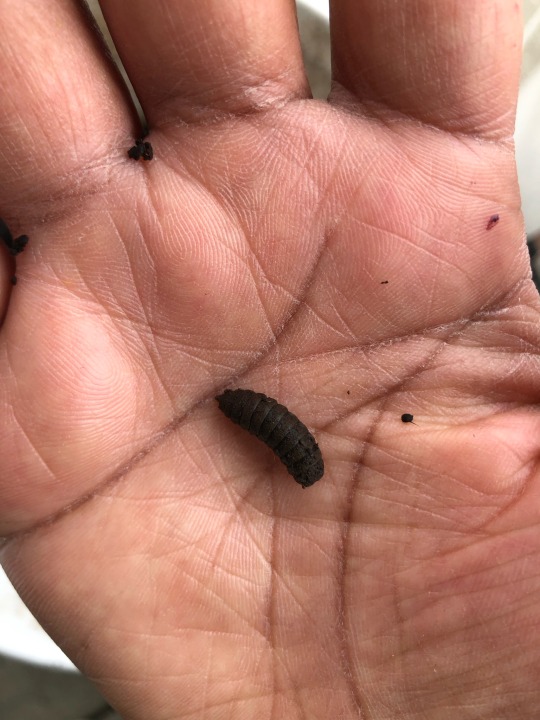
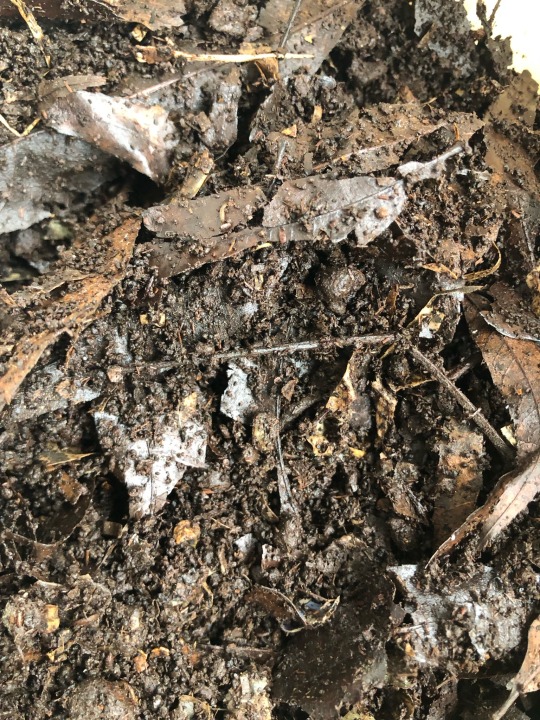
I love how my compost keeps them safe and warm.
193 notes
·
View notes
Text
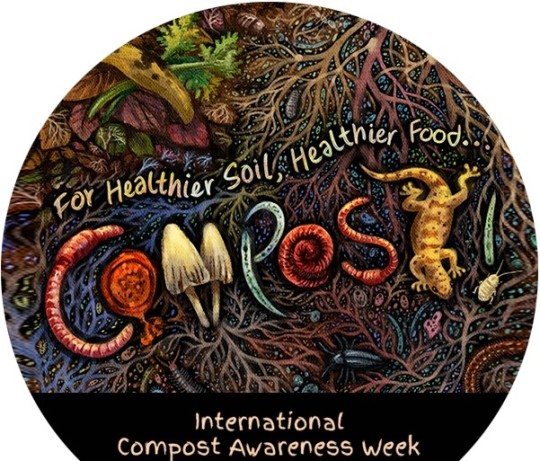
MAY 5 - 11 2024
Only a couple of sleeps left to go!!!!!
#International compost awareness week#compost#garden#gardeners on tumblr#gardening#home grown#self sufficiency#vegetables#minimal waste#zero waste#plants#organic food#composting
216 notes
·
View notes